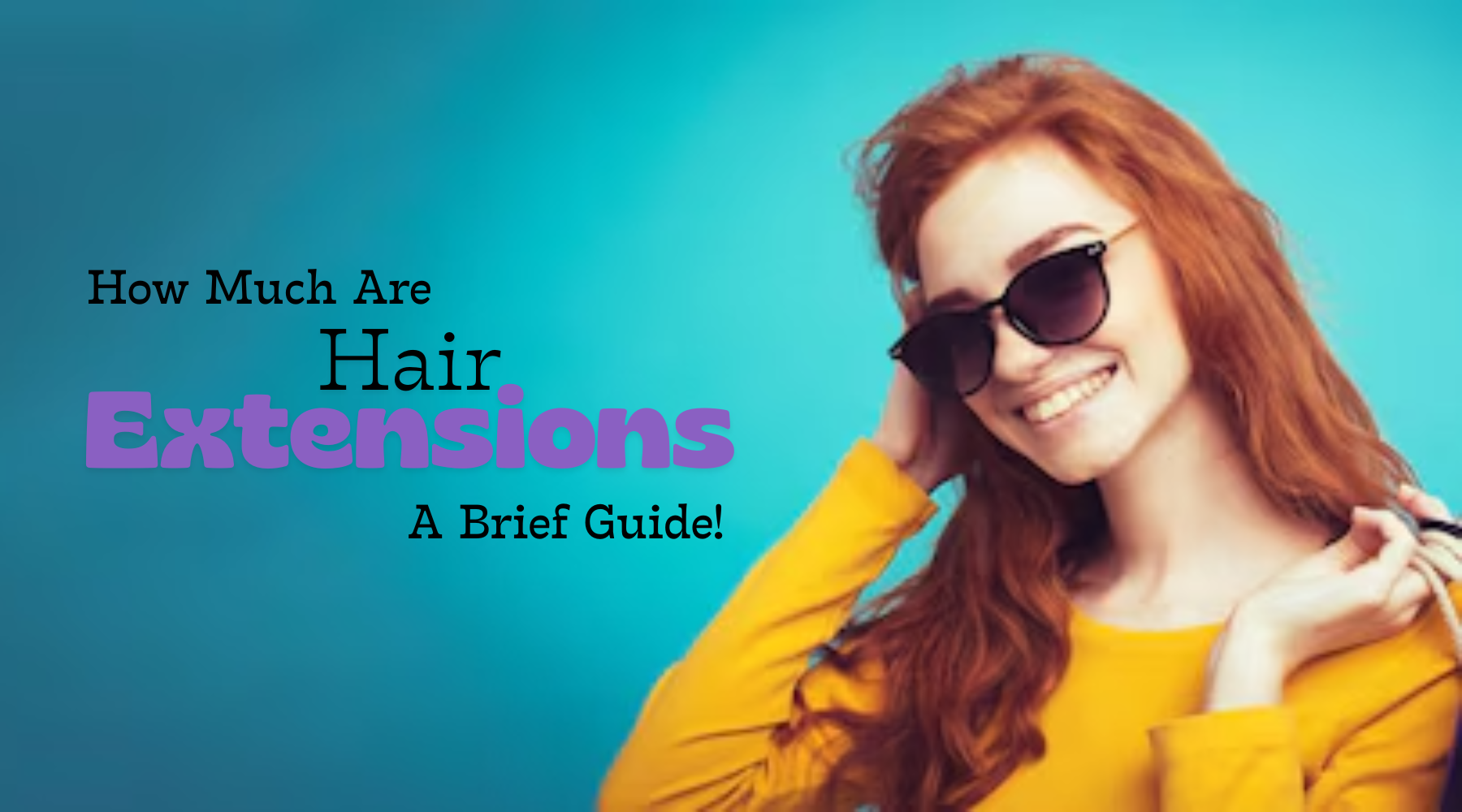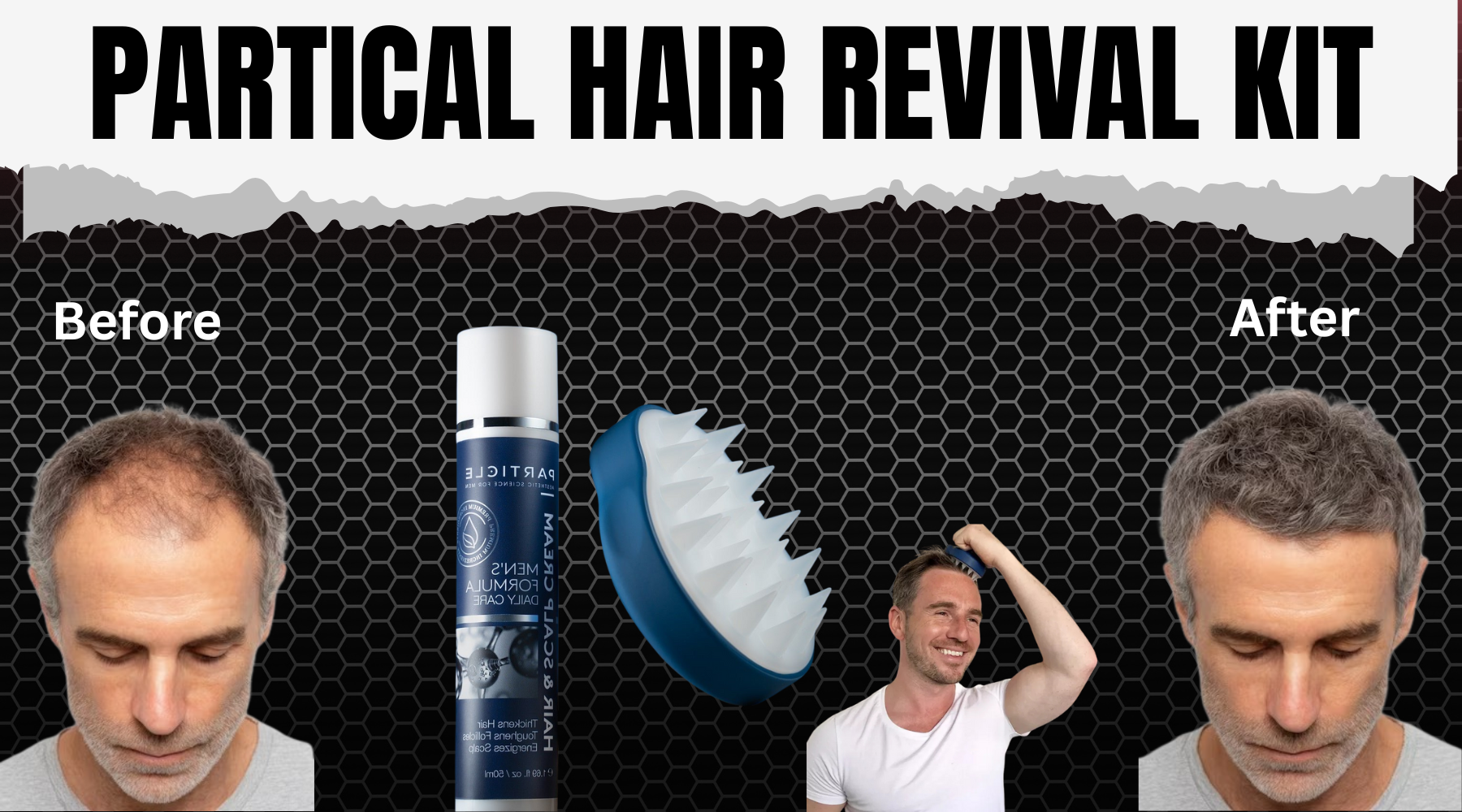
Do you need a wig cap?
Whether you’re new to wearing wigs or have been wearing them for years, at some point you’ve probably asked yourself: do I need to wear a wig cap underneath my wig?
If you google whether or not to wear a wig cap, you’ll find a lot of conflicting answers (just like when you google anything else).
Hollywood hairdressers will say that you always need to wear a wig cap because they’re the best way to guarantee your wig will stay on your head.
Your local stylist, on the other hand, might tell you that a wig cap can actually cause your wig to slide around and fall off.
So how do you figure out if wig caps are for you?
Just like with winged eyeliner, little black dresses, and stilettos, some benefits and disadvantages come with wearing wig caps.
We broke down the pros and cons of wearing wigs caps to help you make the best decision for you.
To Wear a Wig Cap or Not to Wear a Wig Cap
The decision over whether or not to wear a wig cap is very different for women who have hair and those who don’t.
Let’s take a look at reasons to wear, and not to wear, a wig cap for women with hair loss first.
If You Have Complete Hair Loss or Some Hair Loss
Pros of Wearing a Wig Cap
• For women with sensitive skin and scalps, wig caps provide an extra layer of comfort between the wig and your head. Wigs can feel scratchy, irritating sensitive skin. For women with total hair loss, a wig cap can make wigs feel much more comfortable.
• Sweat and oil can build up under wigs throughout the day. If your wig is applied directly to your head with no barrier between those oils and your wig, your wig can slip around. Wig caps work like a base layer of foundation underneath the rest of your makeup: they create a smooth, even surface for what goes on top of it and guarantees that everything will stay firmly in place.
• Wig caps can be helpful for women with partial hair loss because caps secure any stray hairs underneath your wig, keeping them in place.
• There’s a reason some women look great with bald heads (shoutout to Natalie Portman) and others don’t. Some heads have more lumps and bumps than others. Caps and liners smooth out the surface of your head so that your wig sits naturally on your head, giving an overall smoother appearance.
Cons of Wearing a Wig Cap
• If you’re undergoing chemotherapy treatments or live in a very hot climate, it can be easy to overheat while wearing a wig. Overheating can make you sweat, which can lead to rashes and breakouts on your scalp. If you’re someone who overheats easily, wearing a wig cap can help prevent overheating and discomfort, and skin conditions that come from overheating.
•Wig caps are usually labeled as one size fits all, but as any woman who’s ordered a one-size-fits-all t-shirt on the internet knows, there is no such thing as one-size-fits-all anything. Some heads are larger; others are smaller. If your head is larger, a wig cap can feel too tight and cause headaches after long periods of time. If your head is smaller, the wig cap ca slip around underneath your wig, causing the wig to fall off. If you can’t find a wig cap that fits your head exactly, don’t wear one.
• Most wig caps are made from either cotton and nylon, both of which can cause problems for women with sensitive skin. Nylon can be itchy and scratchy, irritating pre-existing skin conditions, and cotton can dry out the skin, also irritating pre-existing skin conditions.
*Note: If you have complete hair loss and sensitive skin and are absolutely determined to wear a wig cap, make sure to wash and moisturize your scalp regularly. Keeping your scalp clean and hydrated will keep your sensitivity in check.
If You Have Hair
Pros of Wearing a Wig Cap
• Even if you have a lot of natural hair, wigs can still feel scratchy and uncomfortable against your scalp. Wig caps provide an added layer of comfort between your wig and your skin. How bad could that be?
• Gather your hair all in one place underneath a wig is tricky. If you struggle with stray hairs poking out underneath your wig, wig caps can help you. They effectively clamp down all of the hair underneath your wig and stop any misbehaving stragglers from escaping.
• Wig caps also help smooth out your hair to create an even surface for your wig. If your head is lumpy and bumpy beneath a wig, the world will know you’re wearing a wig. You need a smooth, flat surface underneath a wig for a natural effect.
Cons of Wearing a Wig Cap
• Why do women wear their hair long in the winter and short in the summer? Because short hair helps keep you cool and long hair can work like a “hat” in cold weather. But if you live in a place that’s already warm and can’t take the heat, you should avoid wearing a wig cap altogether. Your hair, layered with a cap, layered with a wig can make you overheat.
• If your wig cap causes you to overheat, it can damage your hair and your scalp. When sweat and oil build up on your head, it can cause rashes that may even lead to the loss of hair in the future.
• Wig caps can feel tight even on women with no hair, so when you add a layer of hair, no matter how thick, it can make the cap feel even more restrictive, causing headaches or lightheadedness.

So, should you wear a wig cap?
Despite everything you’ve learned, or what the experts might tell you, the decision on whether or not to wear a wig cap does come down to personal choice.
Still not sure? Spend a couple of days wearing your wig with a wig cap and without.
Did you feel more comfortable with the wig cap on or off?
Did your wig look better/more natural with or without the wig cap?
Wig caps can be a great way to make you feel more comfortable and improve the way your wig looks on your head, but only if they work for you!
Want more advice on how to wear a wig? Read our posts on How to Wear Hats With Wigs and Wig Cap Construction Types.
Let us know why you love, or don’t love, wearing a wig cap in the comments!






I have a small head. I have a nylon stretchy wig cap that I’ve had to stop wearing because it’s too tight and was giving me headaches. It has no size label, but I think it’s “adult”. I have very thin short hair and so I’d prefer to use a cap to ensure that my wig will stay secure. Are there any alternatives? Sizes?
I have ordered a human hair wig with a full lace cap and on wig caps there is only front lace wigs. wondering if you could give me some information on full lace wig caps
FINALLY! This article was exactly what I was looking for. I struggle with wig caps giving me headaches, no matter how loose I wear my actual wig. Everything else I found was “what to do if your wig is too tight.” I just needed to find some thoughts on not wearing a wig cap altogether! Thank you!